株式会社川口屋漆器店
Children's Spoon
Children's Spoon
Supplementary product information
Supplementary product information
Production area: Kagawa Prefecture
Size:
・(Width) 15.5cm
・(Depth) 2.5cm
・(Height) 1.5cm
Material: Natural wood / Lacquer
<Precautions for use>
・Cannot be used in dishwashers, dryers, or microwaves
・Kitchen detergent may be used
<Care instructions>
・After washing with water using a soft sponge, wipe off moisture with a cloth
If products cannot be prepared immediately due to concentrated orders or other reasons, we will contact you regarding the delivery schedule after payment. Please understand this in advance.
Couldn't load pickup availability
Children's spoon made from Kagawa lacquerware.
Lightweight and durable, easy for children to handle, so it can be used safely from early childhood.
The size is also convenient for use as a dessert spoon or coffee spoon.
The pleasant feel against the lips, unique to wooden items, is also appealing.
※Please note that due to the natural materials and handcrafted nature, there may be individual variations in wood grain and subtle color tones.
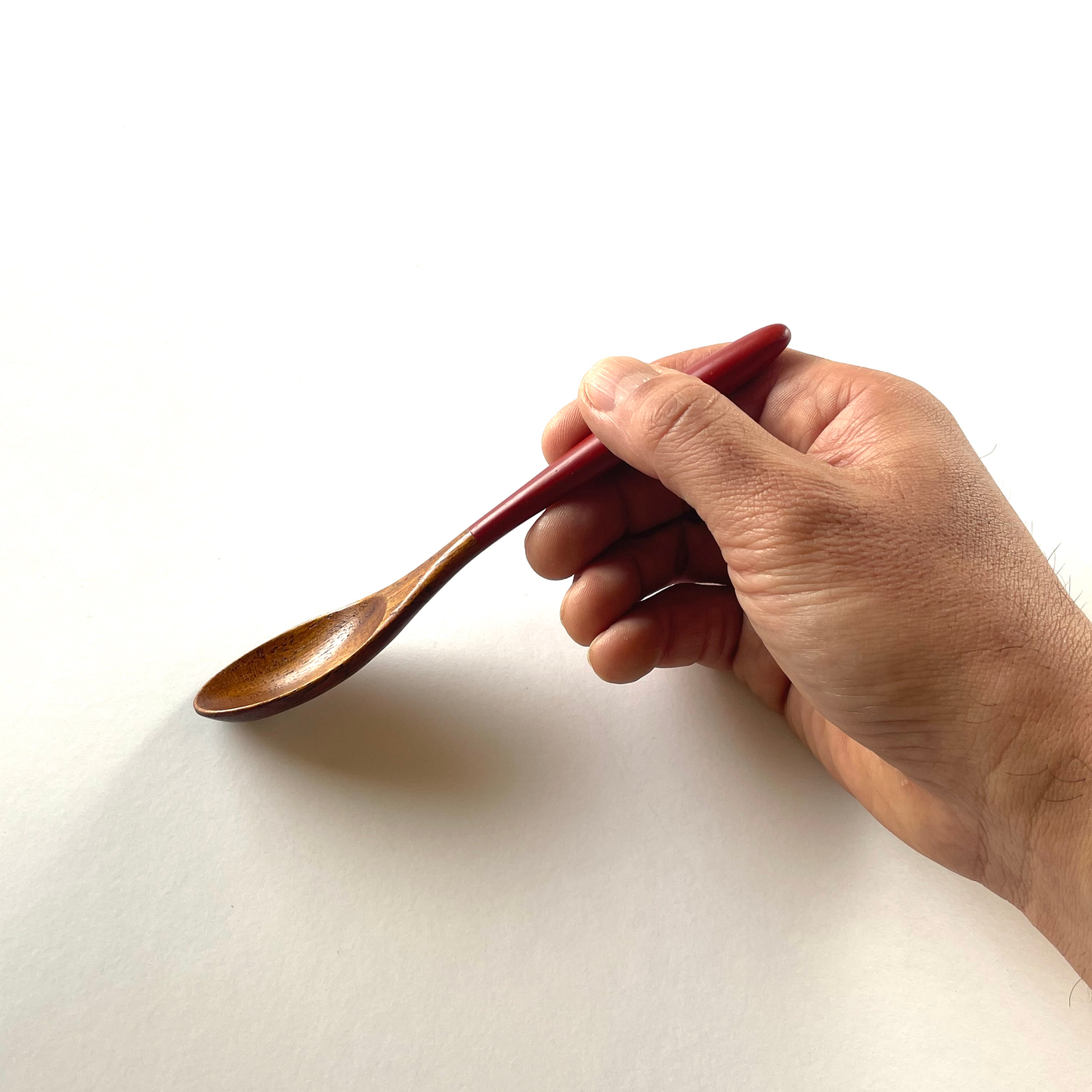
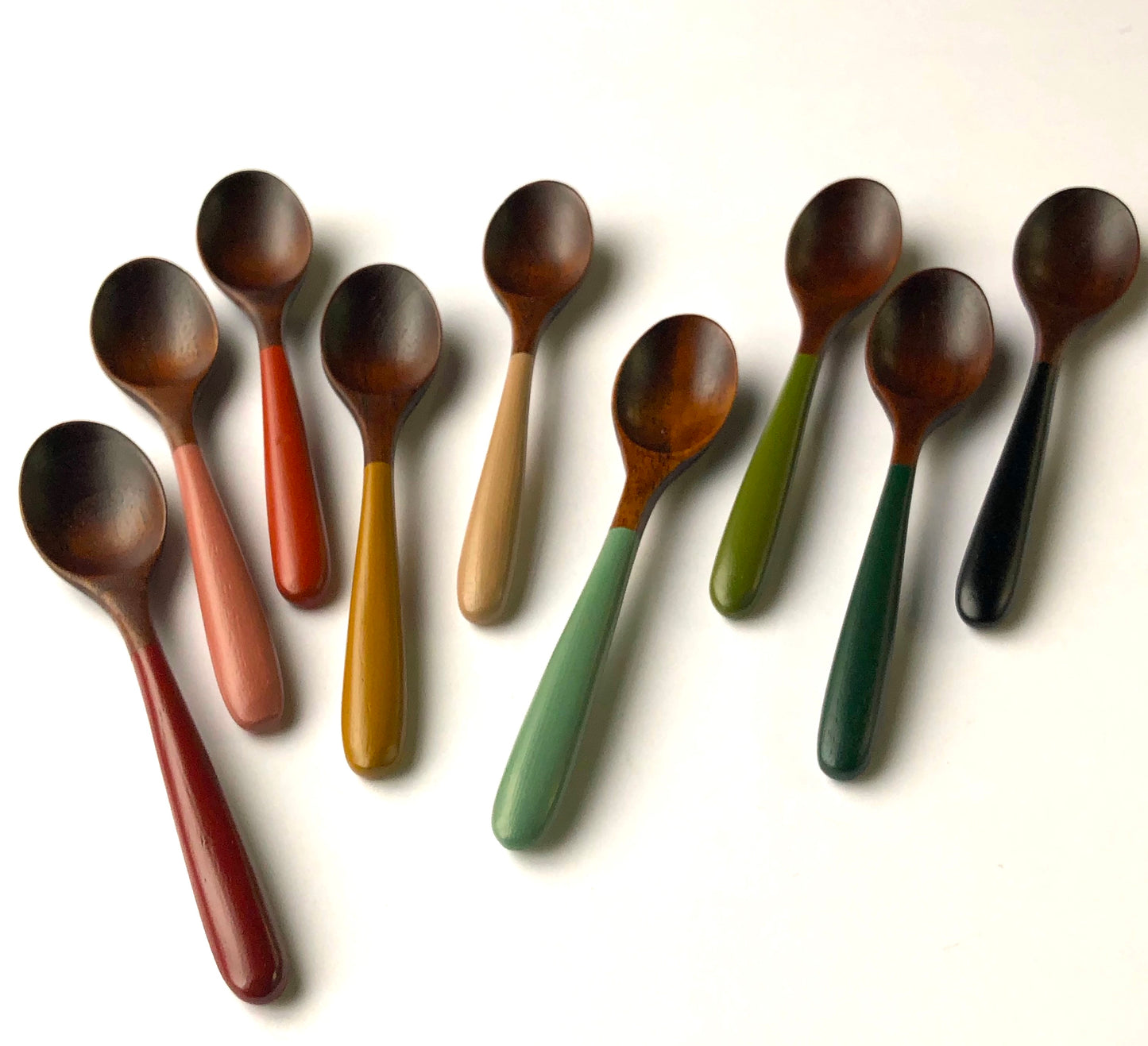
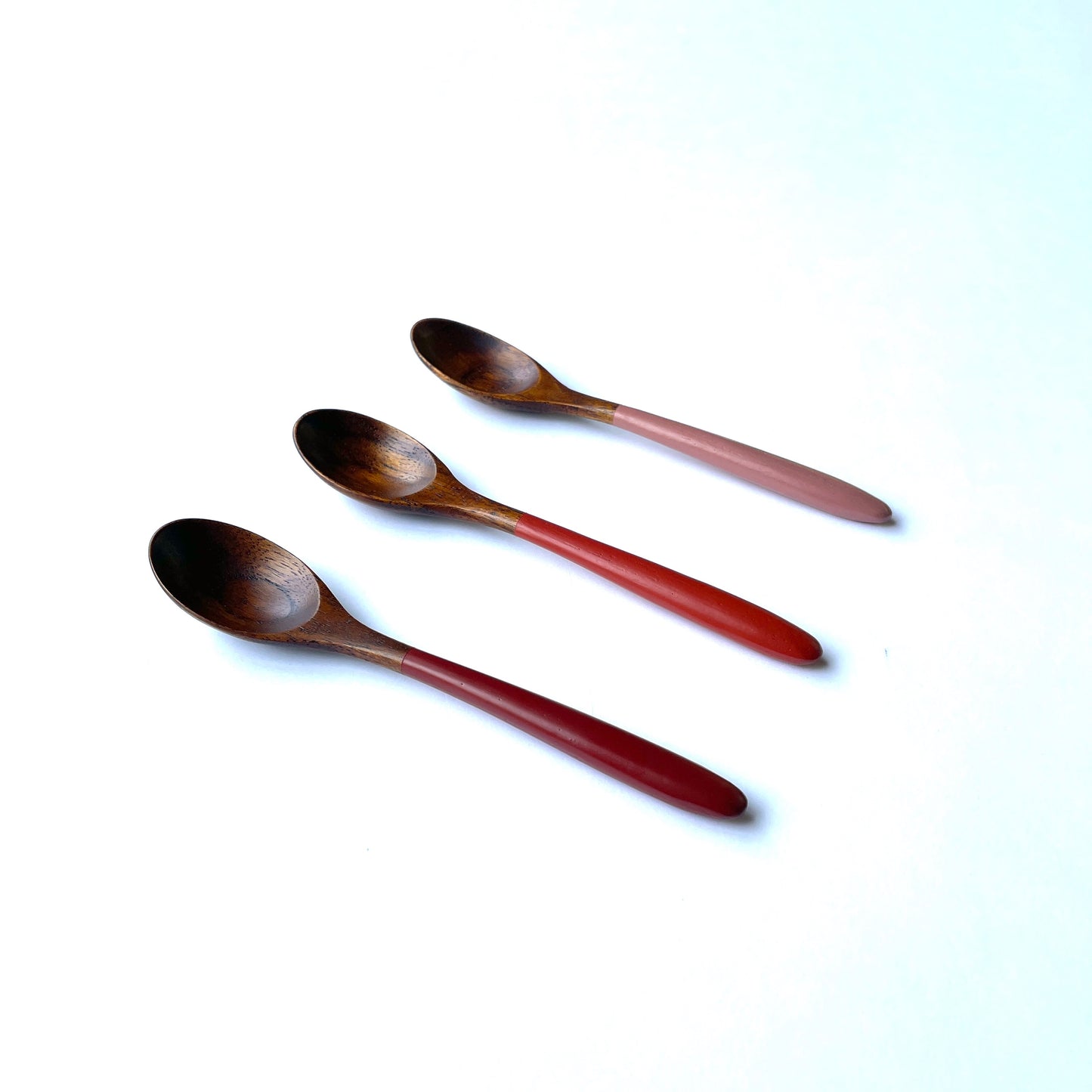
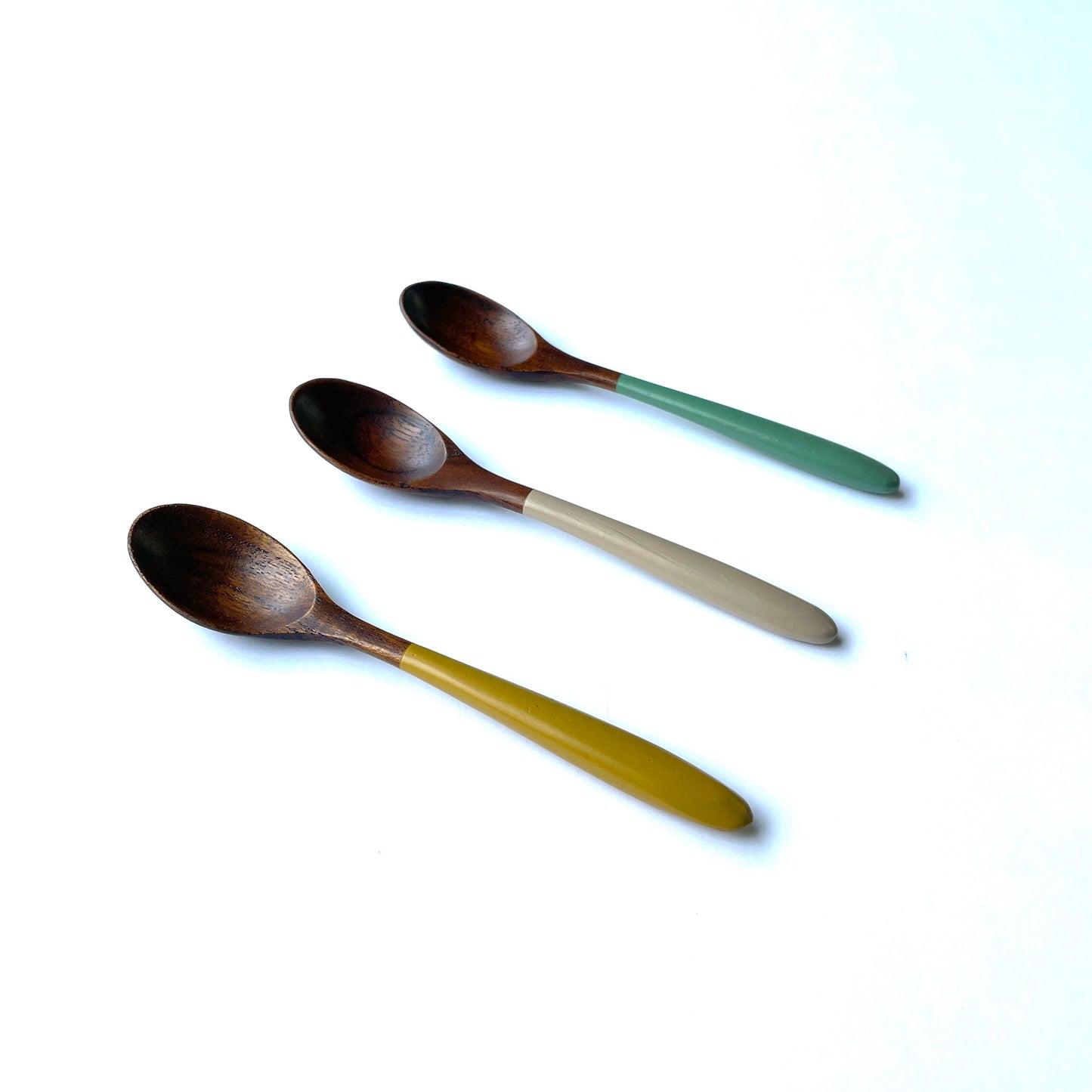
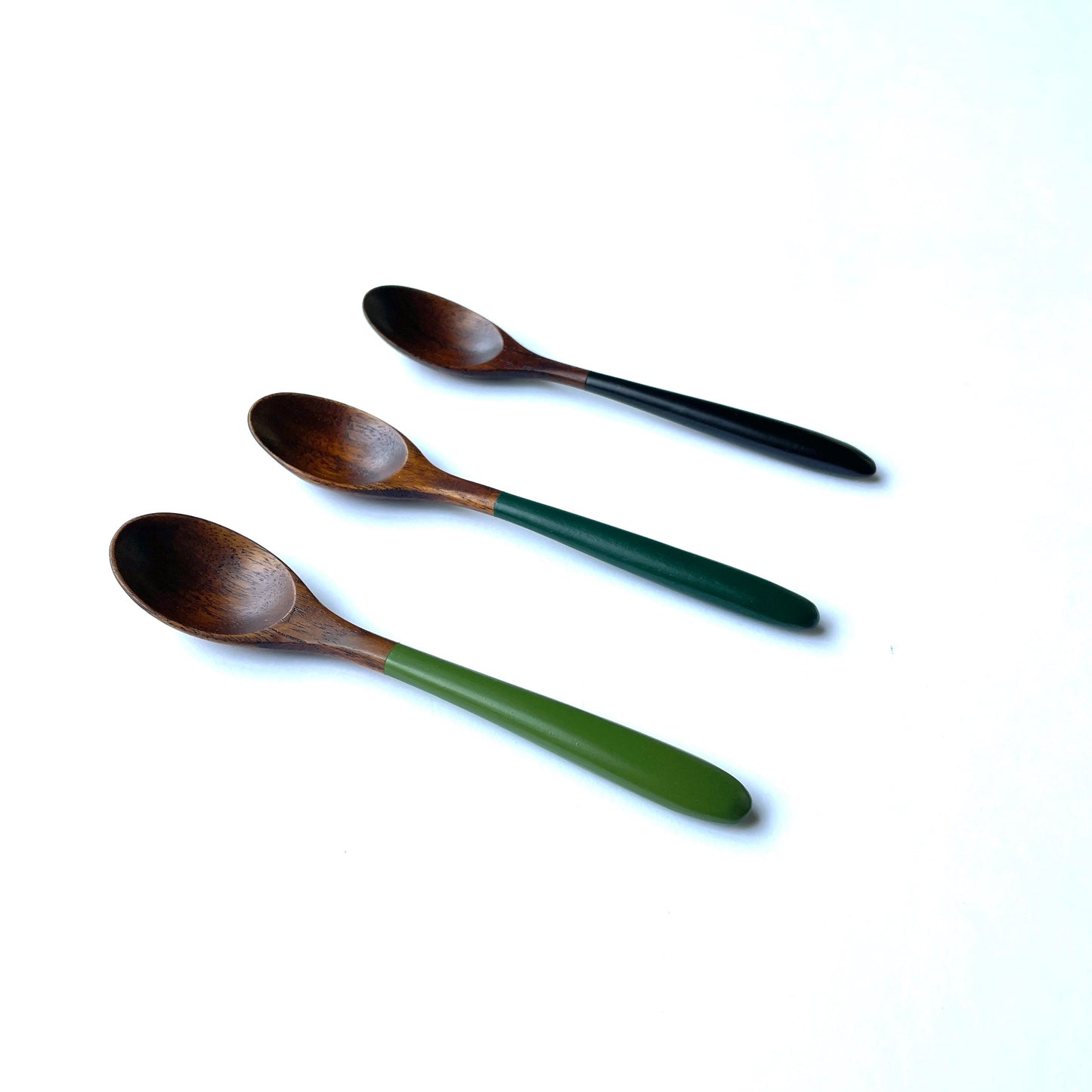
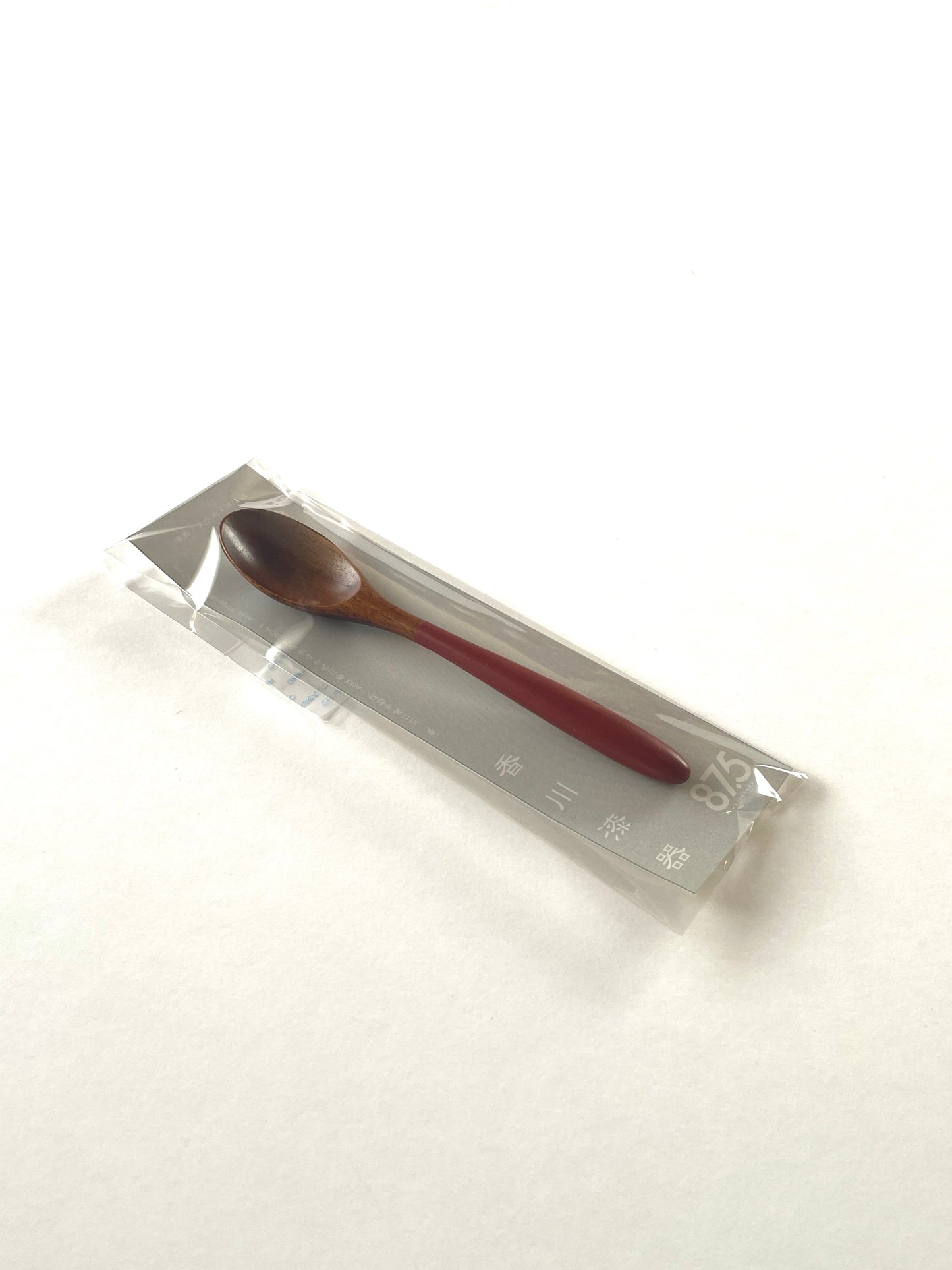
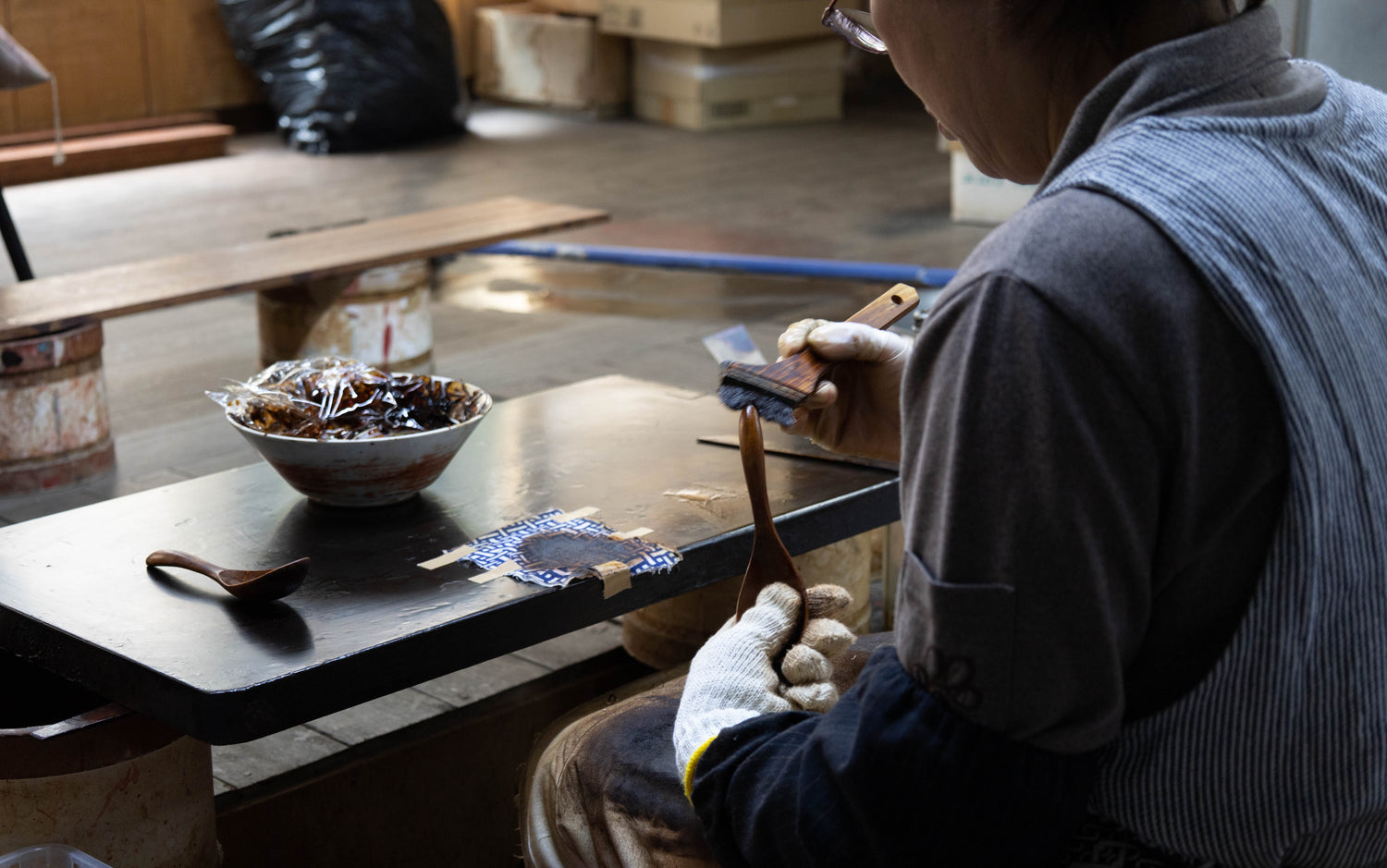
The History of Kagawa Lacquerware
Kagawa lacquerware dates back approximately 200 years. It developed during the Edo period through industrial promotion policies by the Matsudaira family, who were the feudal lords of Takamatsu Domain. Among the artisans of this era, Tamakaji Zokoku is said to have established the foundation of today's Kagawa lacquerware by studying lacquerware techniques such as carved lacquer, zonsei, and kinma from China and Southeast Asia, and establishing his own distinctive artistic style.

Five techniques of Kagawa lacquerware
The techniques of "kinma," "zonsei," and "carved lacquer" involve expressing patterns by using carving techniques with engraving tools and blades on vessels coated with layers of colored lacquer. "Goto-nuri" features timeless patterns based on vermillion, while "Zokoku-nuri" involves repeatedly applying lacquer to the wooden base and finishing with a sprinkling of wild rice powder.
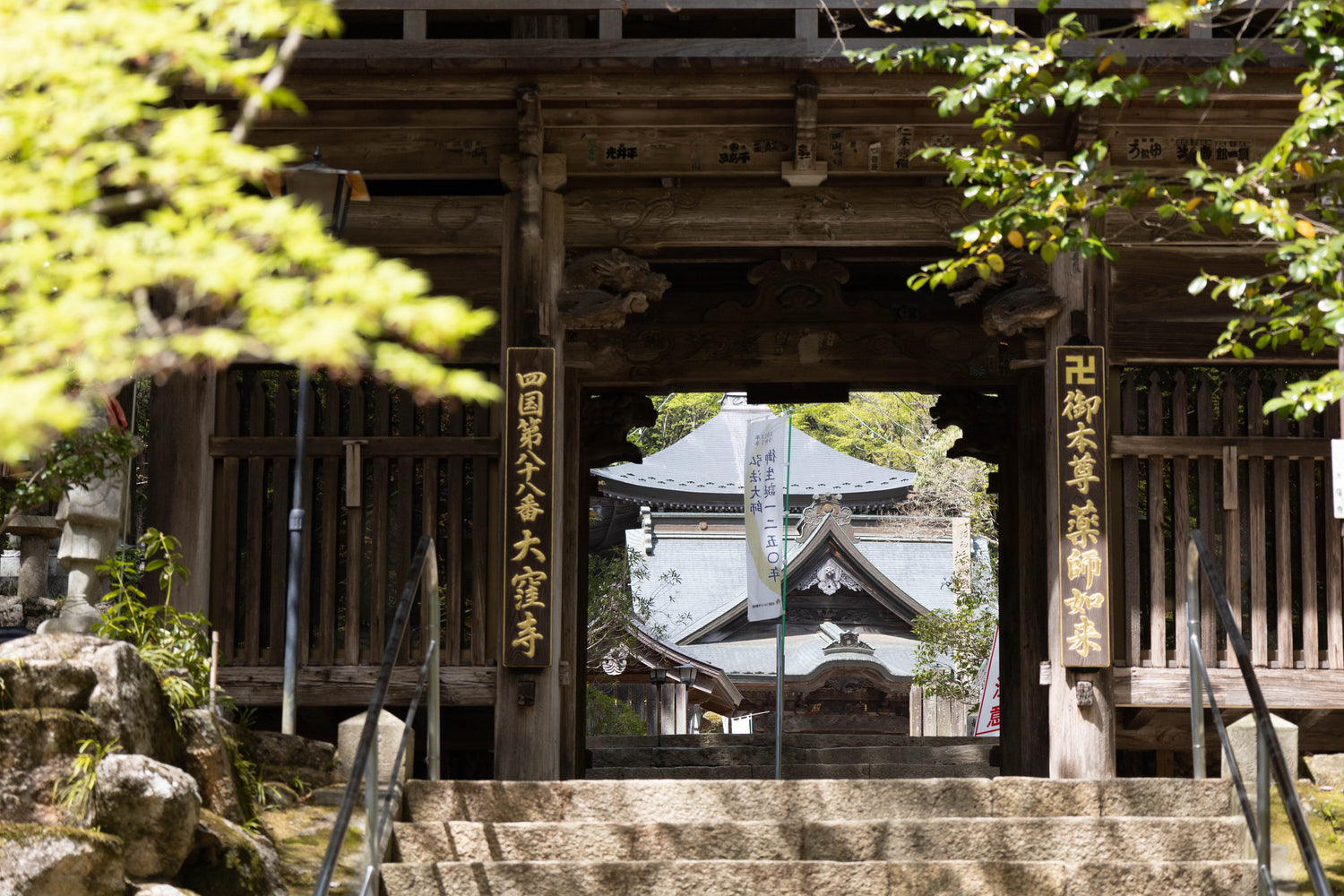
Brand name: "87.5"
Kukai (Kobo Daishi: 774-835), born in Sanuki (Kagawa Prefecture), is said to have frequently practiced asceticism in this land. The Shikoku Pilgrimage involves visiting eighty-eight sacred sites associated with Kobo Daishi, following in his footsteps. The brand name "87.5" of Kawaguchiya Lacquerware Store was inspired by the desire to "make more people aware of lacquerware from Shikoku and Kagawa," and is named after the location of the workshop situated along the path from the 87th temple, Nagao-ji, to the 88th temple, Okuboji, on the Shikoku eighty-eight temple pilgrimage route.
Kagawa lacquerware
The production area of Kagawa lacquerware is around Takamatsu City, Kagawa Prefecture. With a history dating back to the Edo period, five techniques—"kinma," "zonsei," "carved lacquer," "goto-nuri," and "zokoku-nuri"—were designated as traditional crafts under the Traditional Crafts Industry Promotion Act in February 1976. A diverse range of products is created, from small items such as confectionery containers and trays to large pieces like decorative shelves and furniture.






